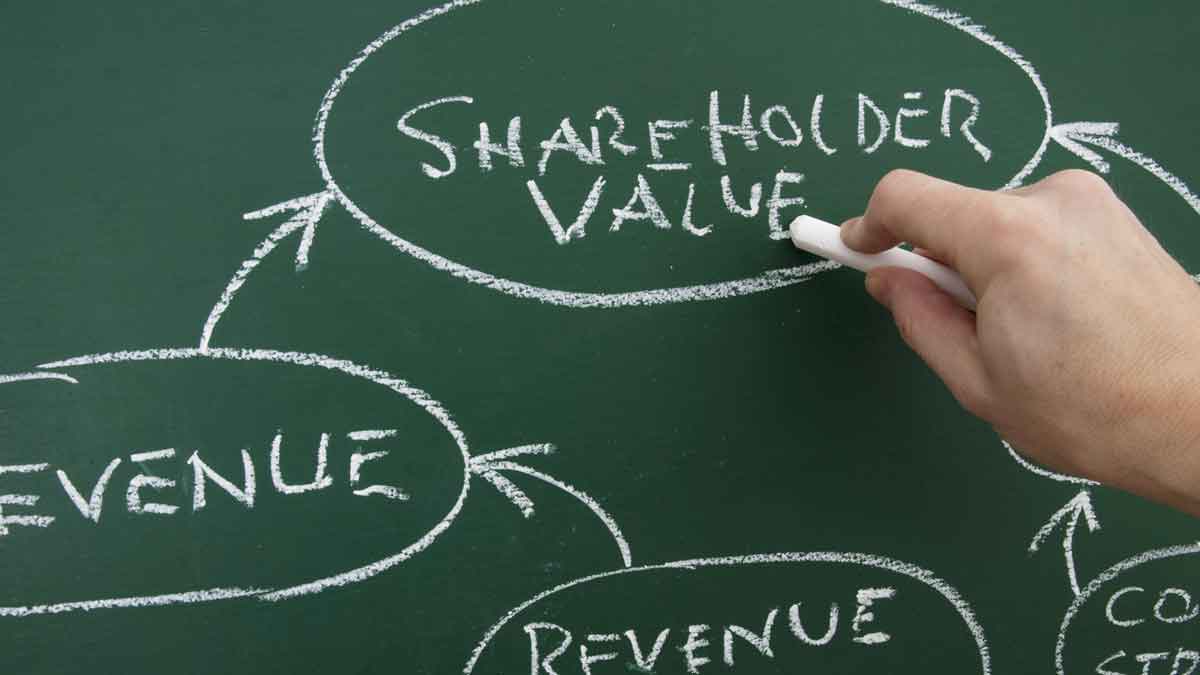The research on B2B sales call preparation isn’t encouraging: 75% of B2B executive buyers say salespeople are not knowledgeable about their business and do not understand the issues they face.1 Unsurprisingly, only one in four salespeople get agreement from these buyers to meet again.2 Let’s see how the clever use of AI can change this. ... Read More
Blog Category: Customer Insights (VOC)
Good probing questions become the light that illuminates the customer’s world.
Many suppliers ask “low-lumen” questions that neither illuminate nor engage customers. They may be biased, close-ended or too complex. Beware requesting sensitive information, or asking, “What would you pay for this?” When you ask for problems, don’t try to “help” with examples. Instead, let the customer choose the next topic to discuss.
More in white paper, Everyday VOC
Can customers help you create a new-to-the-world product? Sure. If you know how to ask.
Could customers help with a product as radical as iTunes or iPod? They’d probably be hopeless on solutions… but helpful on outcomes: access a broad range of music, instantly purchase music, transport music anywhere, purchase single tunes, store music on multiple devices, etc. These would be great insights for any solution-provider.
More in 2-minute video at 18. Avoid the ‘Faster Horse’ Fallacy
Will customers tell you what they want? That depends on how you ask.
Think of a great radio interview. Did the host say, “I have 10 questions about your book”? Or did he listen carefully, asking wonderful questions? Did these questions cause the guest to think deeply? Did the guest enjoy the stimulating exchange, even thanking the host? This is how you learn what competitors miss. Check out our What-Why-Clarify probing method that’s part of Everyday VOC training.
More in white paper, Everyday VOC
Expect more out of your interview with a hydraulic hose buyer than with a garden hose buyer.
You can have an intelligent, peer-to-peer conversation about pressure ratings, fluid specifications, etc. And expect greater B2B interest vs. B2C, since your innovations can help the hydraulics engineer become a hero with his next new product. Without innovative suppliers like you, his path to recognition is a difficult one. The more you understand B2B vs. B2C, the more you can “take advantage of your B2B advantages.”
More in white paper, B2B vs. B2C
Moderating Focus Groups with Jobs-to-be-Done
Let’s learn to moderate focus groups with jobs-to-be-done. Focus groups are a cornerstone of market research, providing valuable insights into consumer behaviors, preferences, and perceptions. Jobs-to-be-done is our primary methodology to understand customer behavior and decision-making. It’s natural to consider the interplay of moderation skills, the special context of the focus group, and the mental ... Read More
When it comes to commercial risk, you should build a Certainty Time Machine.
Consider three product development stages: front-end, development and launch. Most projects reach commercial certainty in the launch phase, as sales are monitored. But you can move this certainty to the front-end. Nearly all commercial uncertainty can be eliminated before development using the science of B2B customer insight.
More in white paper, Timing is Everything (page 6)
If you like sub-optimizing, you’ll love using traditional voice-of-customer methods.
B2B companies have huge advantages over B2C, but they may not be obvious. After all, didn’t the same fellow who bought a rail car of soda ash also buy a can of soda pop? Nope. He changed… a lot. B2B customers are more technically savvy, objective, supplier-dependent, and can predict their needs. Careful reflection of these differences leads to different approaches.
More in 2-minute video at 15. Put your B2B advantages to work
The best customer interviews are exhilarating… like running without boundaries.
Isn’t a fill-in-the-blank customer questionnaire a bit… boring? If instead you keep asking, “Any other problems?”… you’ll have absolutely no idea what the customer will say next. Exhilarating? You bet. Uncomfortable? Perhaps… but only at first. With practice you’ll love it, and you’ll never go back.
More in e-book, Reinventing VOC for B2B (page 12)
Be clear on what you own and what your customers own.
Customers own “outcome” space. You own “solution” space. Don’t let them into your space… unless you want to become a contract manufacturer. Instead, enter their space to understand desired outcomes better than competitors. This lets you deliver unique value in your solutions, which is handsomely rewarded though premium pricing. The best way to do this? Use qualitative and quantitative interviews.
More in the video, Reinventing VOC for B2B
Maximizing shareholder value is a lovely result… but a lousy goal.
Tell me to increase shareholder value and I struggle to identify something I can do as an employee to raise earnings per share. Tell me to understand and increase customer value, and I can think of a dozen things to do, most of them actionable, measurable, and beneficial to our bottom line. Many of these I will find inspiring… as will others. Our research shows companies pursuing shareholder wealth grow slower than others.
More in Chapter 4 of Business Builders by Dan Adams
You’ll either get familiar with customer outcomes… or with mediocre growth.
All growth-oriented innovation starts with customer outcomes. This is what customers want to have happen, with no understanding yet of how it will happen. Nothing a company does can achieve profitable, sustainable growth unless customer value is created… which comes only by improving these outcomes. Want to improve your new product success? Understand your customers’ outcomes in incredible detail.
More in 2-minute video at 22. Immerse your team in customer outcomes
Use Key Account Blueprinting to retain and expand your sales
Key account management is important to your company. But are you doing it any better than your competitors? You can with Key Account Blueprinting. When you apply traditional New Product Blueprinting to a “market of one,” you’ll lock in that key account, expand your business with them, and learn how to increase your prices. Here’s ... Read More
For successful innovation, you need to “get out” more.
It’s risky to incrementalize… but “great hope” projects often absorb huge resources and end with a whimper. What’s the answer? Get out more. Spend more time in customers’ worlds to reduce commercial risk. And reduce technical risk through open innovation, tapping into external technologies. You can’t thrive today without external insight. (Hmmm… “exsight”?)
More in 2-minute video at 42. Beware of New Product Incrementalism













